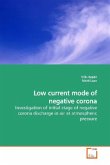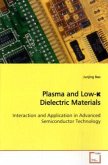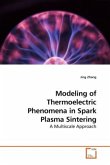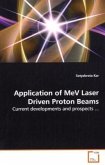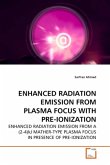Plasma supports a rich variety of waves, spanning a wide range in frequency & wavelength. Laboratory plasmas are bounded systems in which the effects of dielectric or conducting boundary on various characteristics of the plasma are studied. Owing to the ability of high plasma density production and efficient nonresonant plasma current drive in EMHD regime along with other advantageous consequential factors, Helicon wave is presented as a source of RF current drive. The investigation of helicity in the dynamo field components of helicon wave during the wave induced helicity current drive has been presented here. Owing to the strong poloidal asymmetry in the wave magnetic field components observed during helicon discharge formed in a toroidal vacuum chamber (small aspect ratio), plasma current is driven mostly by the dynamo-electric-field, which arise due to the wave helicity injection by helicon waves. Study of parametric dependence of plasma current and numerical estimations of nonresonant components indicate that helicon waves can be considered for startup of an efficient toroidal discharge and current drive in toroidal plasmas due to reduced resistivity of reactor grade plasmas.

